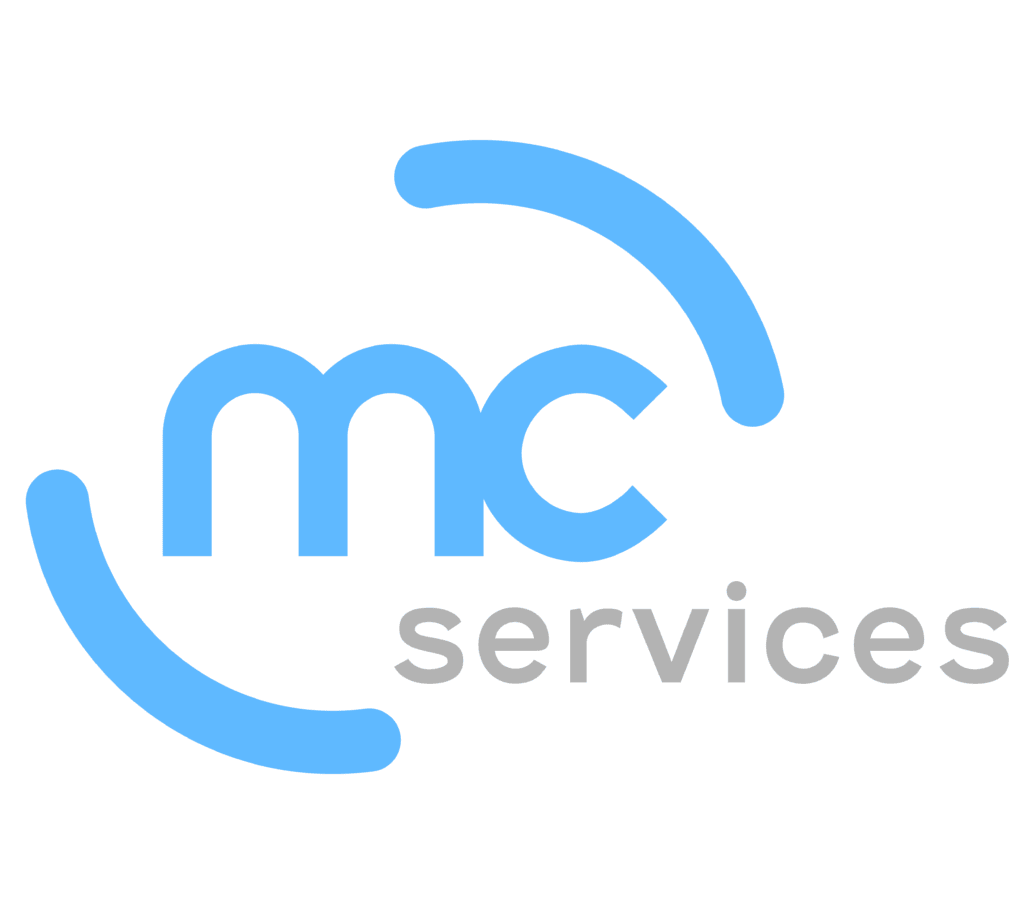Whether you're updating your organization's old computers or outfitting a fledgling company for the first time, it can be hard to know where to start. Even if you know you want your employees to enjoy the mobility of a laptop and the robust, easy-to-maintain software of a Mac, Apple's MacBook lineup includes several laptops that deliver in a variety of business environments.
To ease the decision-making process, we've listed Apple's most powerful mobile machines all in one place for you to compare and decide which best fits your company's unique requirements.
MacBook Air
When Apple released the MacBook Air in 2008, it represented the pinnacle of modern laptop technology. Its strikingly slim design was made possible by forgoing the ubiquitous disc drive, and its clean, sharp lines ushered in a new era of MacBook design. Since then, the MacBook Air may have been ousted from its position as Apple's most advanced notebook by the redesigned MacBook, but that has not stopped the Air from maintaining its stature as Cupertino's ultimate on-the-go laptop.
Today, the MacBook Air is Apple's most affordable laptop. In both the 11-inch and 13-inch designs, a thin, light frame make it even more portable than traditional laptops, while still packing more of a punch than a tablet. It is important to note that the MacBook Air has a relatively limited set of ports. They include a Thunderbolt 2 connector and two USB 3.0 ports, requiring users who want to use Ethernet or connect to a display to purchase external adaptors.
The 13-inch version sports a slightly larger battery than its little brother, boasting 12 hours of wireless web browsing compared to nine. In terms of performance, both come standard with a 1.6GHz dual-core Core i5 processor, 4GB of RAM and integrated Intel HD Graphics 6000 technology. When it comes to storage, though, you have options. The $899 11-inch model and the $999 13-inch model have 128GB of SSD storage while the $1099 11-inch model and the $1199 13-inch model have 256GB.
MacBook
Although it holds the most venerable name on this list, the current MacBook is Apple's youngest design. Besides being the thinnest and lightest MacBook to date, what usually strikes people about the MacBook is its ports (or lack thereof). The side of the laptop hosts only a single connector for USB-C. While the MacBook can receive power through the USB-C, as well as connect to external devices such as printers and displays, most will require an adapter until the rest of the world catches up with Apple's envelope-pushing agenda.
For $1299, you can purchase a MacBook with a dual-core 1.1GHz Intel Core M processor and 256GB of SSD storage. To upgrade to a 1.2GHz Intel Core M processor and 512GB of storage, it will cost $1599. Both models ship standard with 8GB of memory and an integrated Intel HD Graphics 5300 processor. This makes the MacBook Apple's slowest laptop. That being said, it is still powerful enough to handle most users' day-to-day activities.
MacBook Pro
If the MacBook's "cool factor" isn't enough to make up for less than top-of-the-line performance, the MacBook Pro is likely the right choice for you. Like the new iPad Pro, the MacBook Pro is designed for ultimate performance, boasting the best in graphics, storage and processing speed Apple can pack into a laptop's thin frame. Plus, the latest set of MacBook Pro's (which we will discuss here) includes Apple's high-density Retina Display, which makes it near impossible to discern where one pixel ends and another begins.
Cupertino's most powerful laptop comes in two basic models, a 13-inch model and a 15-inch version. The 13-inch model comes in three additional configurations offering varying processing capabilities. For context, the base model comes with a 2.7GHz dual-core Core i5 processor, 8GB of memory and 128GB of SSD storage for $1299. The 15-inch model comes in two layouts, starting with an $1999 offering that has a 2.2GHz quad-core Core i7 processor, 16GB of memory, 256GB of SSD storage and Intel Iris Pro integrated graphics.
The bottom line
If the technical details may not mean much to you on paper, here's our summary of what they mean in terms of performance. The MacBook Air is best for highly-mobile users who need a relatively inexpensive yet versatile laptop to perform a variety of business actions. The MacBook is a high-quality machine that treats its users to Apple's most innovative design ideas. Despite its extreme portability, however, it leaves something to be desired for users who expect to log long, demanding hours on their laptops or need to connect to devices on a daily basis. Finally, the MacBook Pro's immense processing power and stunning graphics, plus its variety of available ports, make it the ideal choice for those who focus on multimedia production or plan to run heavy-duty enterprise apps.
